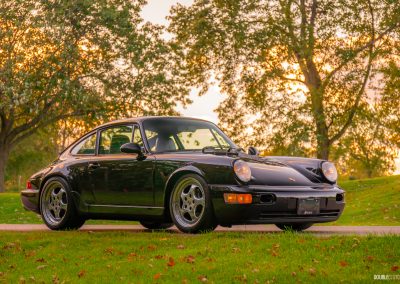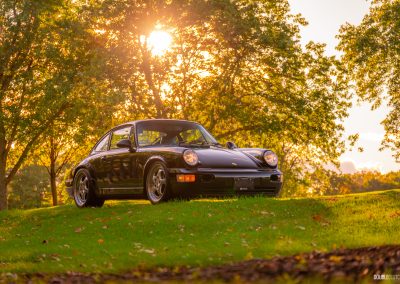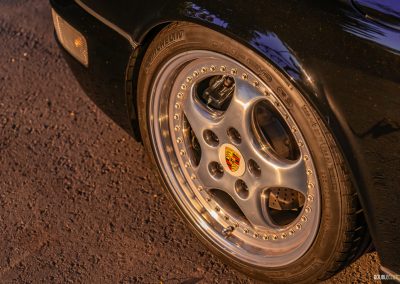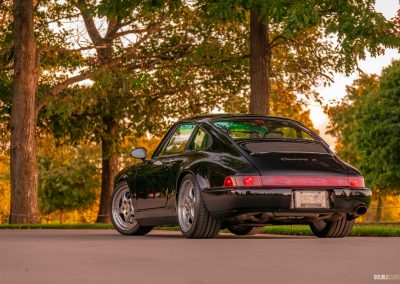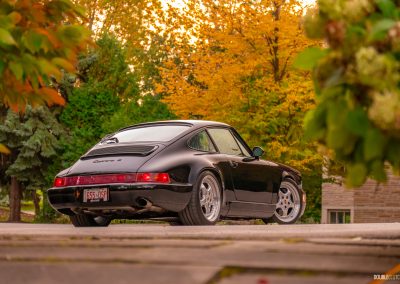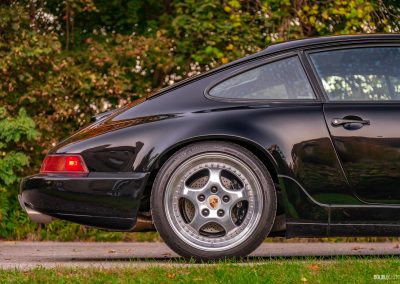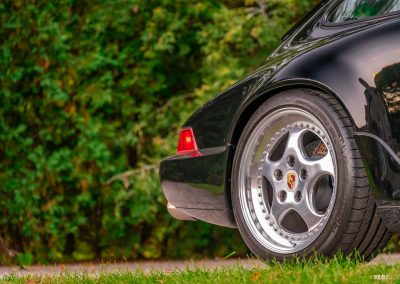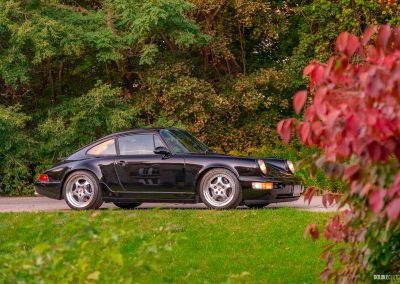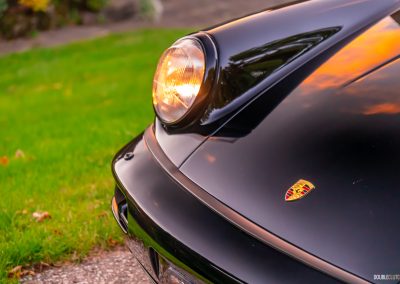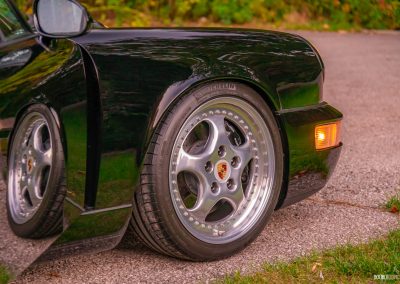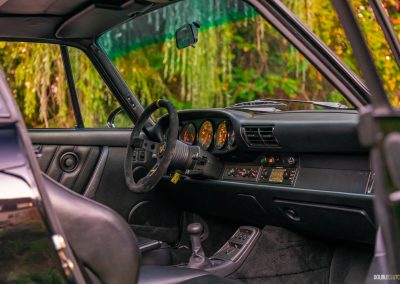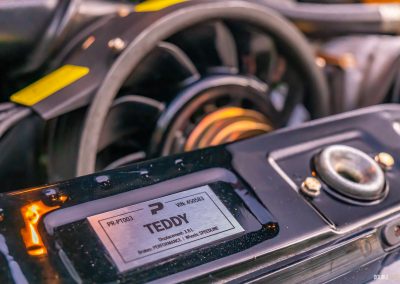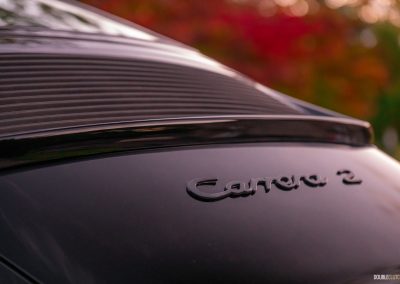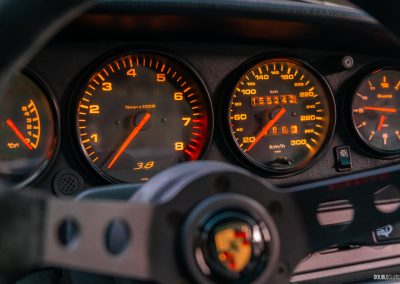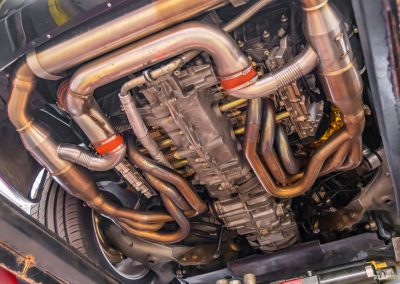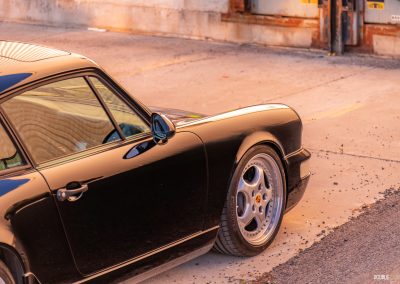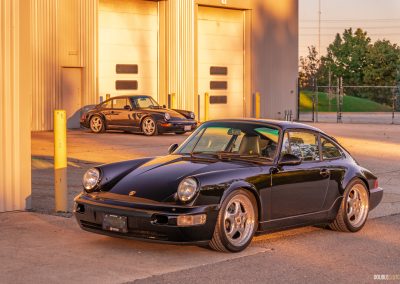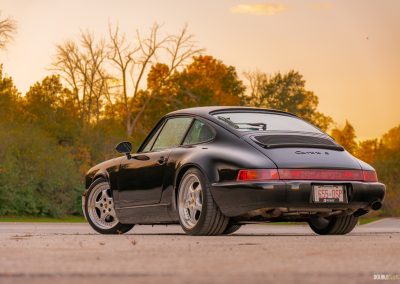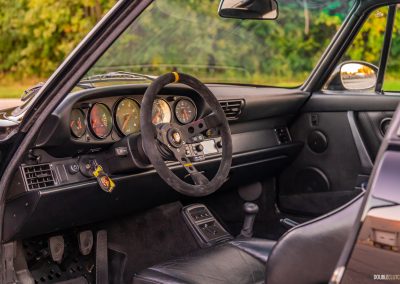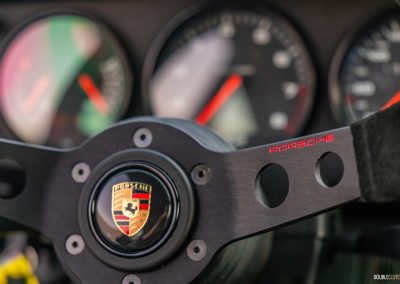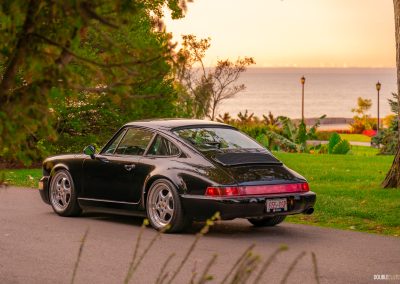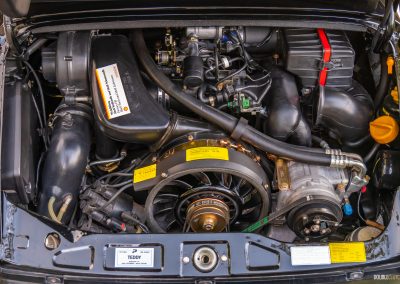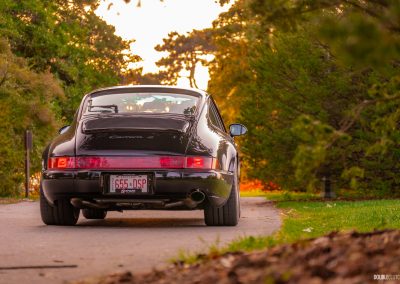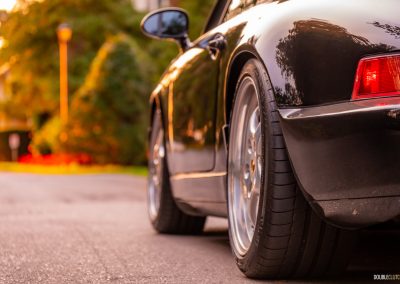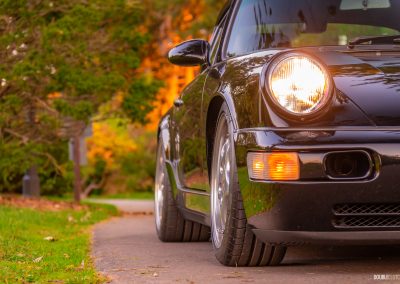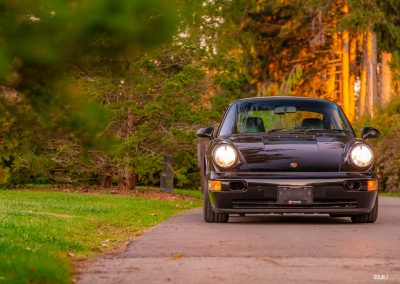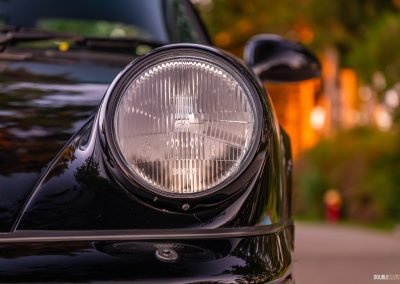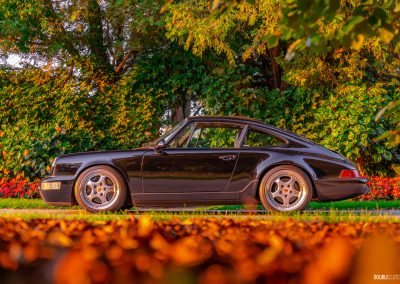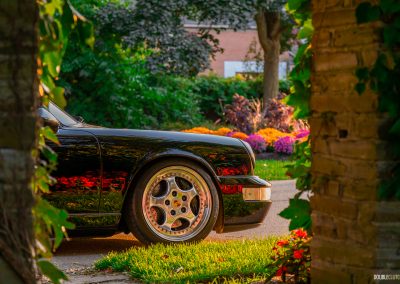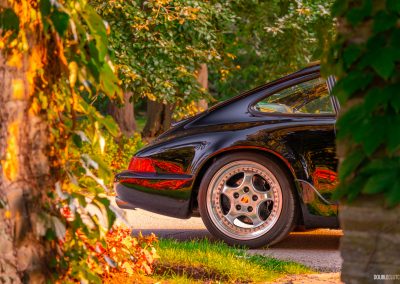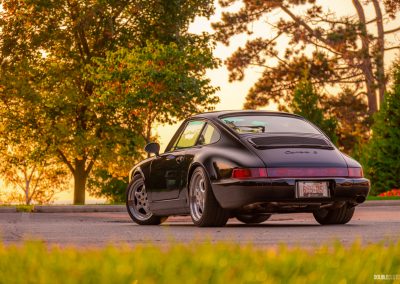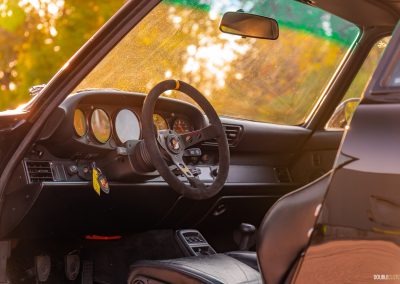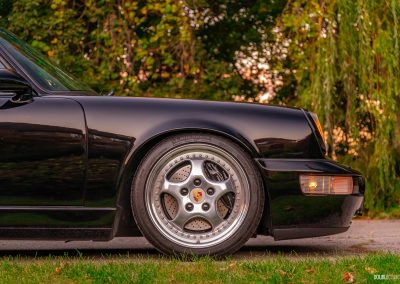I’m not sure there’s a single car that’s more of an icon than the Porsche 911. There are others that come to mind; the Mustang, Corvette, Mini, and of course the Beetle, to which the 911 can very loosely draw a lineage. Some have come and gone, some have changed and changed back, and some have evolved to be completely unrecognizable—but most of those cars have endured.
The 911 has endured like no other car. It’s always been true to its original mission, true to its own style, and always been instantly recognizable as the Porsche. It’s the most seminal sports car and the winning-est race car, scoring hearts, minds, and trophies for over 60 years. I don’t think anything in the car world has stayed this true to itself for this long. I’ve enjoyed writing and researching this short series about some of Porsche’s most important road cars that aren’t the 911, but I’d be remiss if I didn’t take time to talk about the enduring legacy of the one and only.
I think the most unique thing about the 911 that contributed so much to its enduring legacy is that it, well, endured for more than 30 years relatively unchanged. This isn’t to undermine the efforts of Porsche—they developed the world’s best road and racing car in 1964, and they strove for ages to keep the 911 on the bleeding edge of what a sports car could be. It debuted with 150 horsepower from its air-cooled flat-six engine, on tires that look like they belonged on a wheelbarrow. By the mid-1990s, it still had an air-cooled flat-six, but with triple the power and a pair of turbochargers, managed by all-wheel-drive, tamed by a multi-link suspension, and had much wider tires. Yet it also continued to use the same windshield, side windows, door skins, and roughly the same interior layout for the entire first half of its life.
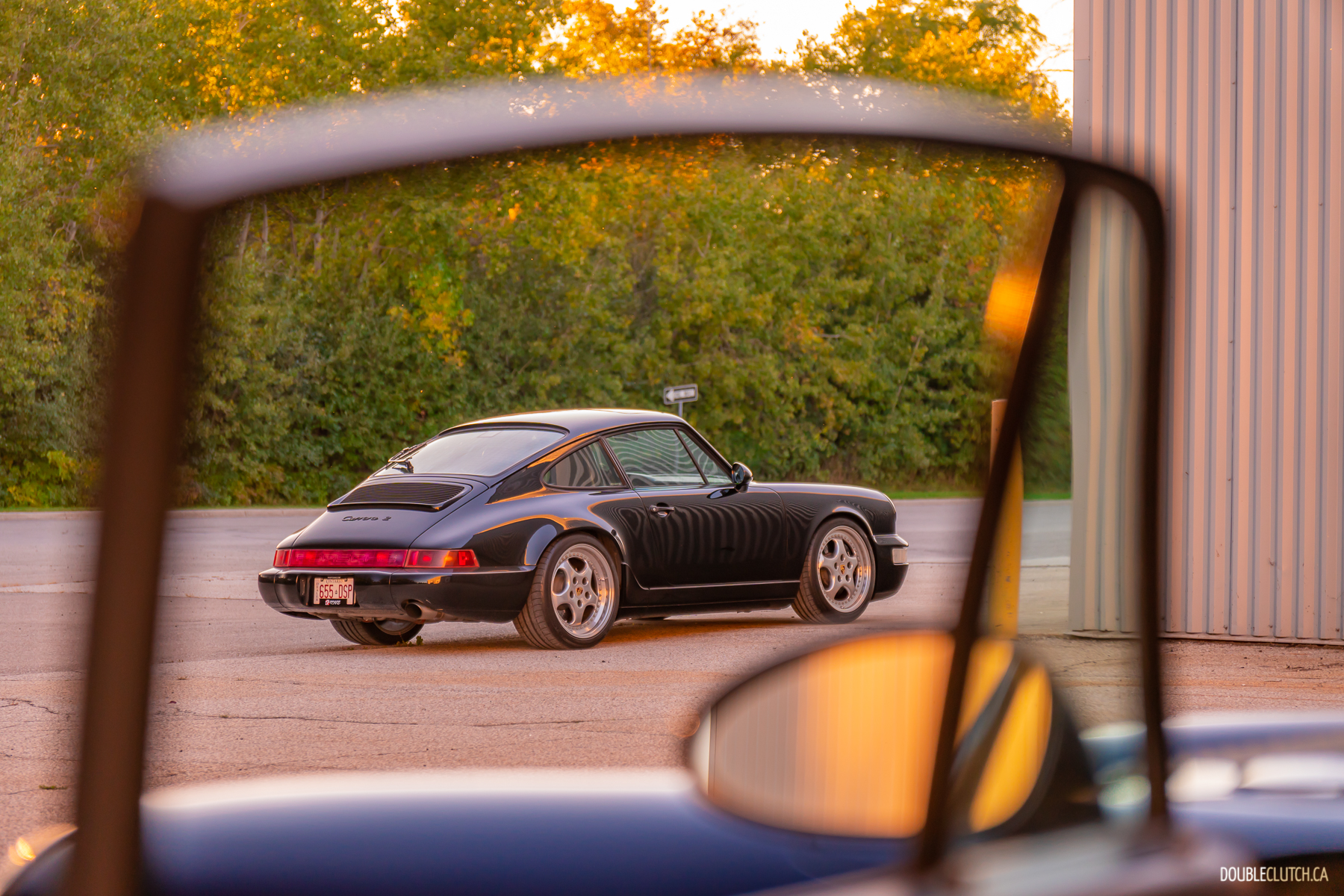
To every other manufacturer, leaving so much of a car unchanged for so long would be unthinkable. But to Porsche, the 911 never got stale because they got the recipe so right the first time. They kept iterating on it, simmering it down, and carefully adding to it. They pursued a richer, deeper flavour, never throwing out the base stock and starting over until they absolutely had to with the water-cooled cars just before the new millennium.
Over time, people developed so much love and reverence for these cars that an entire industry sprung up to continue iterating the recipe of the original air-cooled 911. Singer is probably most well-known for their “reimagined” 911s, but their cars are so thoroughly reimagined that they’ll set you back at least a million dollars. That might sound silly for a modified old Porsche, but enough people have declared it’s worth joining the wait-list that’s at least five years long.
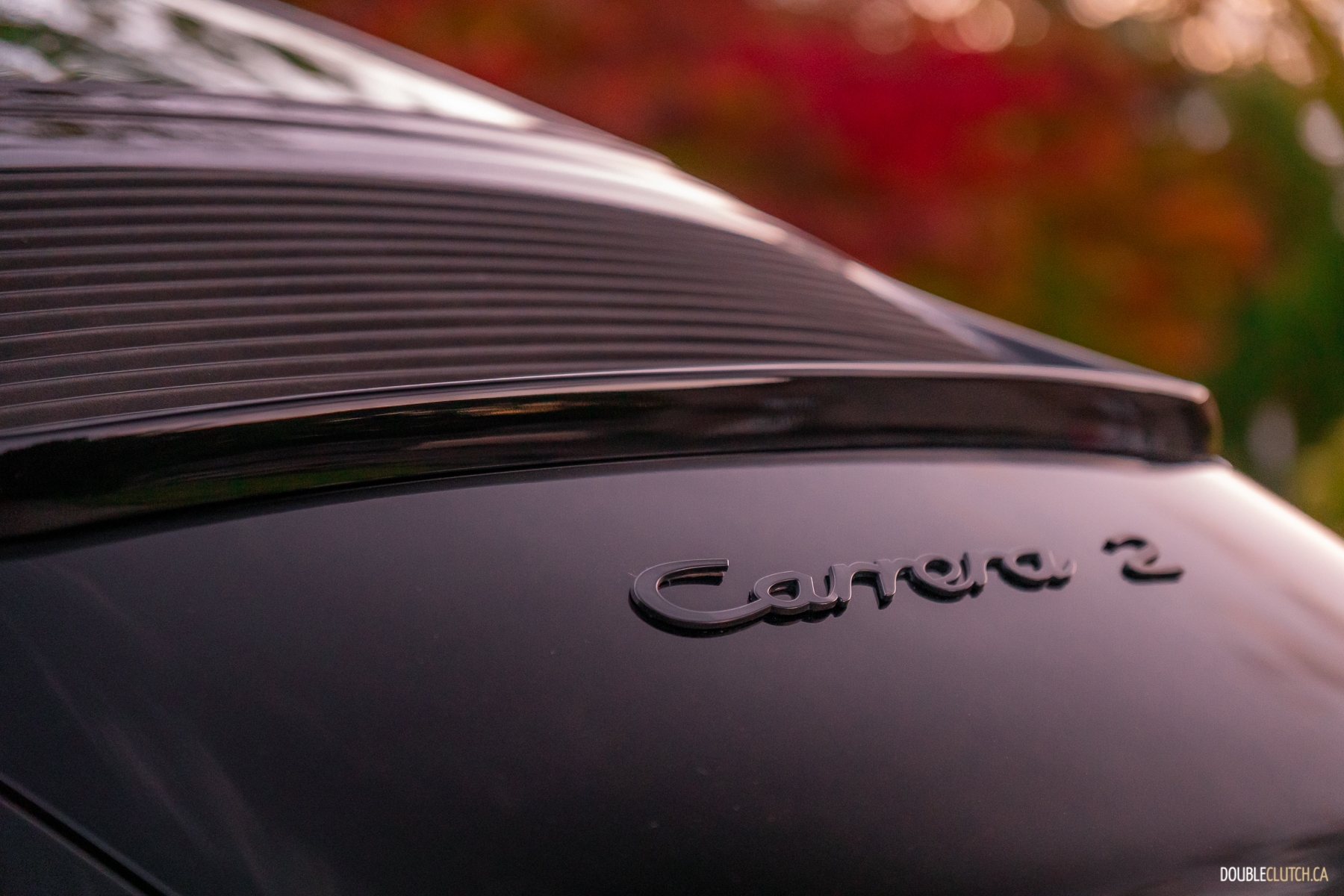
There’s also the issue of adulteration. What Singer has done for the 911 is incredible, but it’s also a pretty far cry from what the original recipe called for. What if you don’t wanna go that far? What if you’re a well-heeled enthusiast who has sought out a lovely old 911, but doesn’t want to deal with the foibles of an old car? What if you want a 911 to be the very best it can be, while still being a very pure and undiluted expression of what Porsche intended so many years ago? What if all the most choice tweaks and touches, big and small, were thrown at one carefully curated car, with no expense spared?
Teddy is that car.
Teddy is a 1990 Porsche 911 Carrera 2 built by Pfaff Tuning, just north of Toronto. This is their third, and thus far most ambitious 911 restoration yet. This wasn’t a project commissioned by a client; this was an internal passion project designed to answer all the what-ifs I just mentioned, and showcase how far they can go without deviating from the hallmarks that made the 911 into a legend.
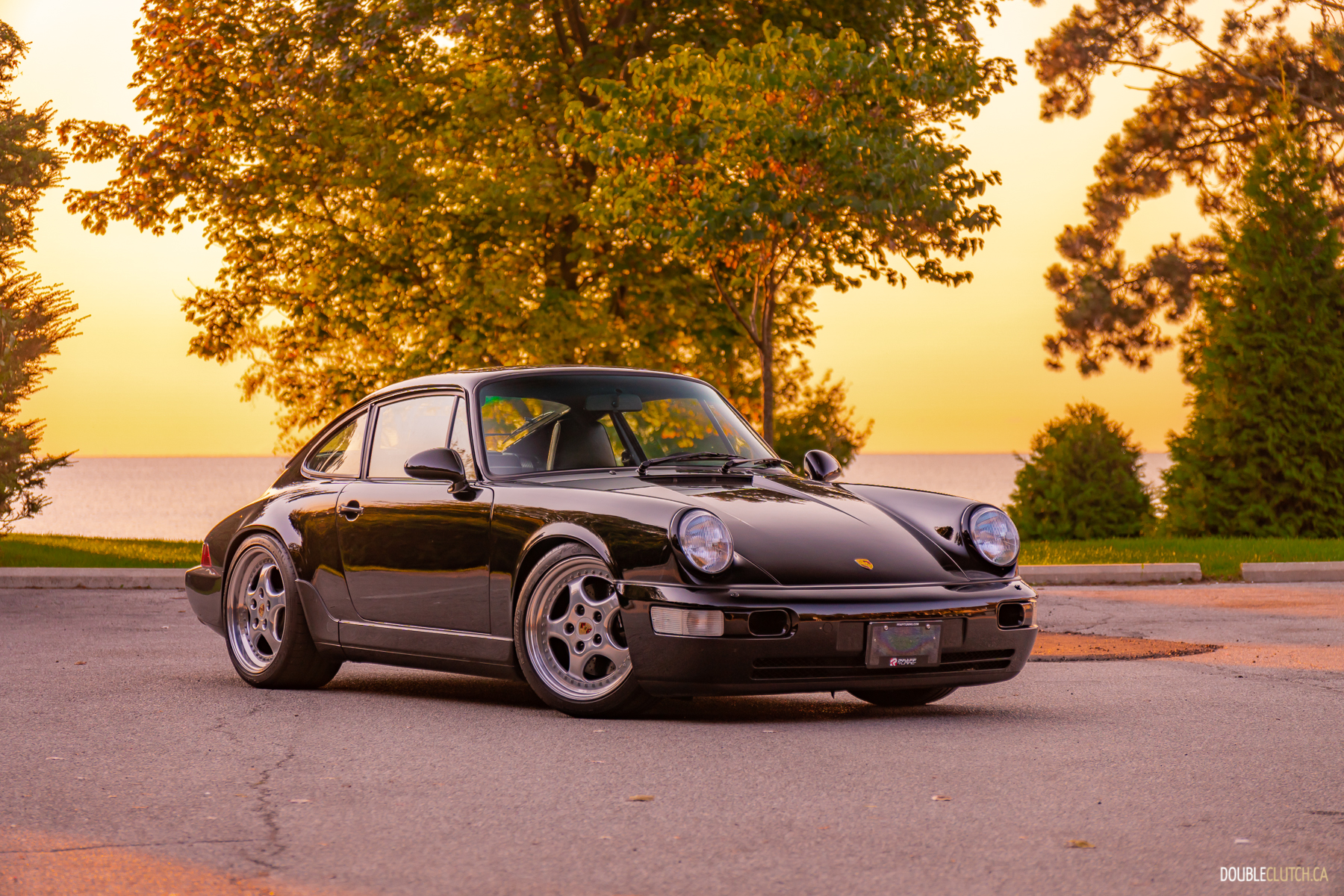
Walking through Pfaff’s service bays is an experience unto itself. It’s a scene out of a video game, with a Spyker here, an XJ220 there, a 959 in the corner, and—is that a Zonda R peeking out from behind that Huayra?! The shop itself looks more like a laboratory than a garage, equipping the highest calibre of work and service. Peppered in between these eye-popping exotics are more than a few air cooled 911s. Everyone I talked here loves these cars, and they’ve gone out of their way to make Pfaff the place for classic Porsches. When these guys decide to channel their expertise and capability at one car, you know it’s going to be extraordinary.
First, Teddy was stripped down and repainted. This paint is so good and has been finished so well, it defines gloss. It’s like staring into an abyss. All exterior trim and body seals are new or renewed, so the whole car looks uniformly fresh. The darks of the body and paint are contrasted with highly sought-after two-piece wheels, made by Speedline exclusively for later 964 Turbo models. They have a gorgeous bright finish that really makes the car pop, and the fitment—the relationship of the wheels, tires, and fender lines—is perfect. There’s just a hair of clearance between the Speedline bling and the “Big Red” brakes tucked behind; contrary to their name, they don’t have to be red. Suspension is handled via adjustable H&R coilovers, kept in check by H&R sway bars and a carbon fibre strut brace. The control arms dictating the motion of the wheels are new, with upgraded bushings.
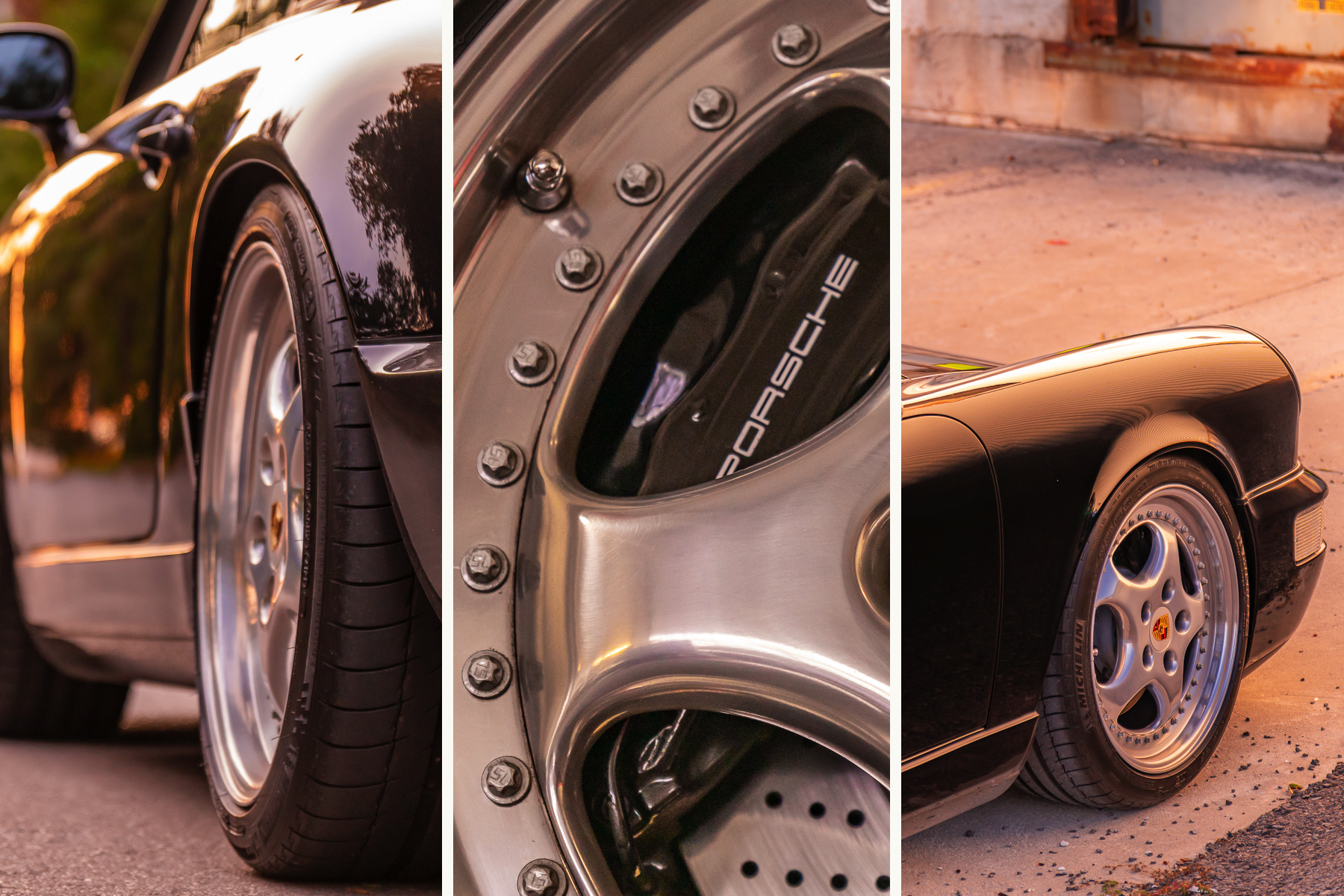
Teddy is all about the details. Everything is either brand new or renewed, and just about all of the tweaks are from Porsche’s own playbook. Along with the aforementioned Speedline wheels, the side mirrors and front bumper with functional brake ducts in lieu of fog lights are from 911 “Cup” cars, and clear corner lights with fresh H4 lenses cap off the subtly updated fascia. The interior takes a similar tack—unfussy, simple, clean, and could almost pass for original if it didn’t look so good.
Like Teddy’s mechanicals and bodywork, everything you touch is either fresh or refreshed, from the shifter and its linkage to the Momo GT2 steering wheel and all other switchgear and controls. The radio is a Porsche Classic unit with a tiny touchscreen and Bluetooth integration, and of course, all the luxury amenities like climate control, power windows, locks, and seat adjustments all look and feel as new. Just about the only thing on the car that isn’t new are the incredibly rare Sport seats. By some divine magic, they’ve been kept in terrific condition and deemed worthy to be installed as-is.
The highlight of Teddy, however, is his heart. The engine has been completely reworked from the bottom up, bored and stroked to 3.8 litres, then ported, polished, balanced, blueprinted—you name it. The intake and fuel management have been updated to a newer style from a 993-generation 911, and the exhaust is managed by a gorgeous set of stainless steel snakes acting as headers. A lot of care—and cost; more on that later—went into making this engine feel sharper via internal lightweighting, then making sure all these tweaks play nice with each other. The forged Carillo connecting rods, lightweight flywheel, and obviously the extra power from the added displacement and better airflow don’t compromise drivability or reliability.

The result of all this effort produces 300 dyno-verified horsepower, a very healthy bump over the stock 250. What the dyno sheet doesn’t convey is that Teddy starts without a fuss, holds a strong idle, runs smoother than a stock engine, has the most satisfyingly punchy throttle response, and sounds delicious. Moreover, it has way more low and mid-range punch, feeling far more torquey than a stock, 964-generation 911 already does. The cherry on top is literally up top; thanks to a finely honed rotating assembly and hotter cams, Teddy revs out to 7,000 rpm—and in another detailed touch, they’ve modified the tach to reflect this.
The first air-cooled 911 I drove a few years ago was a navy blue 964 Carrera 4—very much like Teddy before he was reborn, but all-wheel-drive. Still, it was a revelatory experience. I was growing skeptical of air-cooled 911s as their values rose beyond reason, seeing them as toys for speculators and flippers who bought what the internet told them to buy.
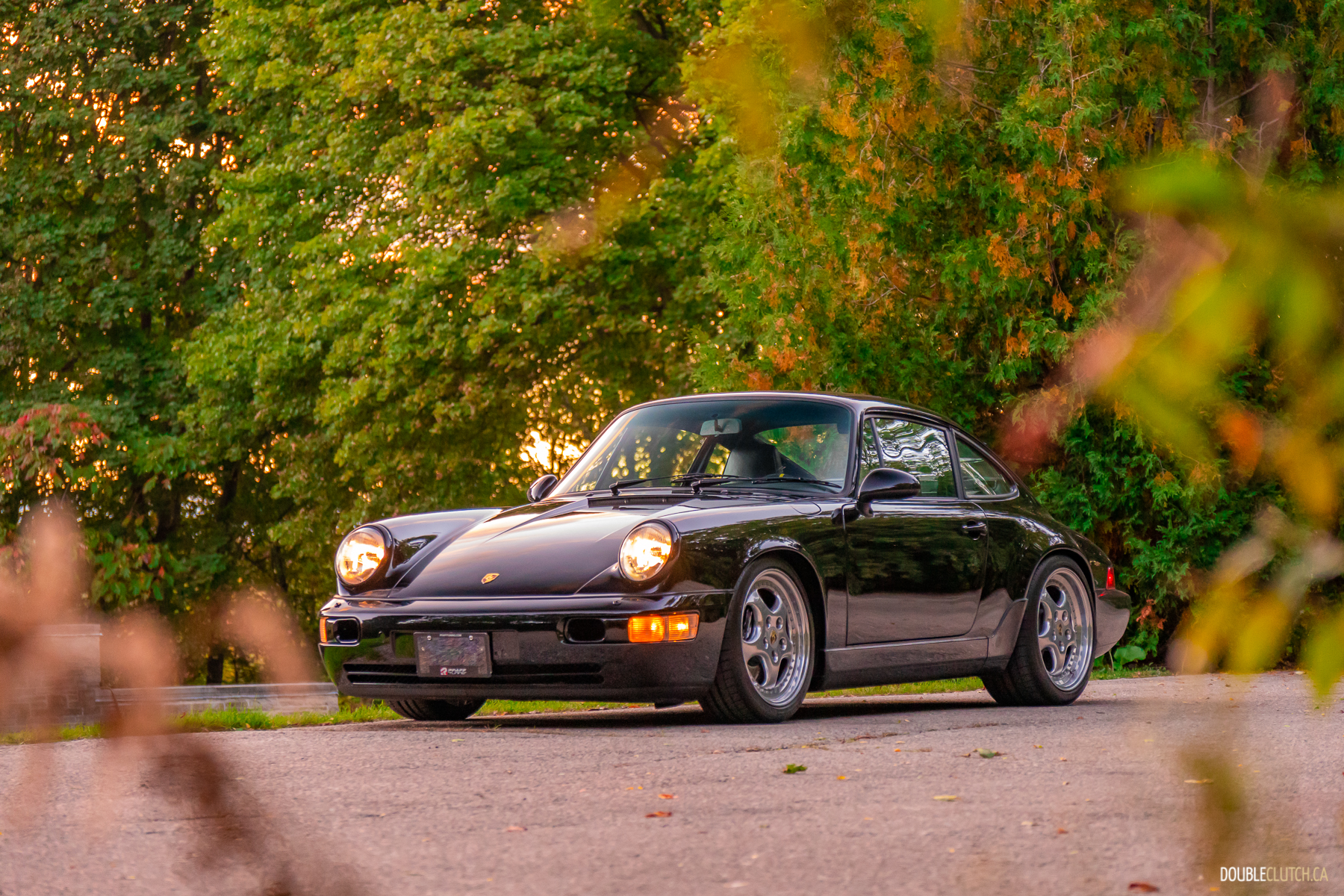
In one short drive, I saw the light. That Carrera 4 was one of the best cars I’ve ever driven, remaining to this day in the upper echelon of what a car should be. Since then, I’ve had the enormous privilege of driving so many incredible cars new and old, imbued with so much performance as to warp reality, and blessed with so much soul to overwhelm my cynicism and reignite my long-lost adulation of exotic cars. I’m thrilled to report Teddy rose to the occasion, shifting my goalposts into the stratosphere and sailing over them.
This is both a complement to Porsche and Pfaff. Teddy doesn’t feel that different from the well-sorted 964 I’m used to. It’s not a Singer with a carbon fibre body and all its bling, or a Tuthill with its insanely high-strung engine—it’s just a 964, but better. In every single way. All the details, the culmination of all these choices big and small shine so brightly. Teddy has the same brutish, burly baritone vocal chords that 911s are supposed to have, massaged for greater effect. It’s magnificent.
There’s so much more power everywhere, it’s eager to rev and sing and play, and it has almost no torque curve per se. It just seems like a flat line, having the shove of a modern car with greater immediacy, and it doesn’t run out of breath. That heightened, 7,000 rpm redline almost feels low, like it could go further easily. It’s so crisp in response, and it’s such a joy to wring out, aided by its rebuilt G50 transmission and fresh shifter bushings. This gives the transmission a meaty and substantial throw, not unlike a modern Tremec a la Cadillac Blackwing. Ditto the clutch; it’s easy to read, and free of unseemly chatters that tend to come with light flywheels. The brakes are the best I’ve ever felt on any car, ever—the response from the pedal is perfectly gauged, firm and crisp.
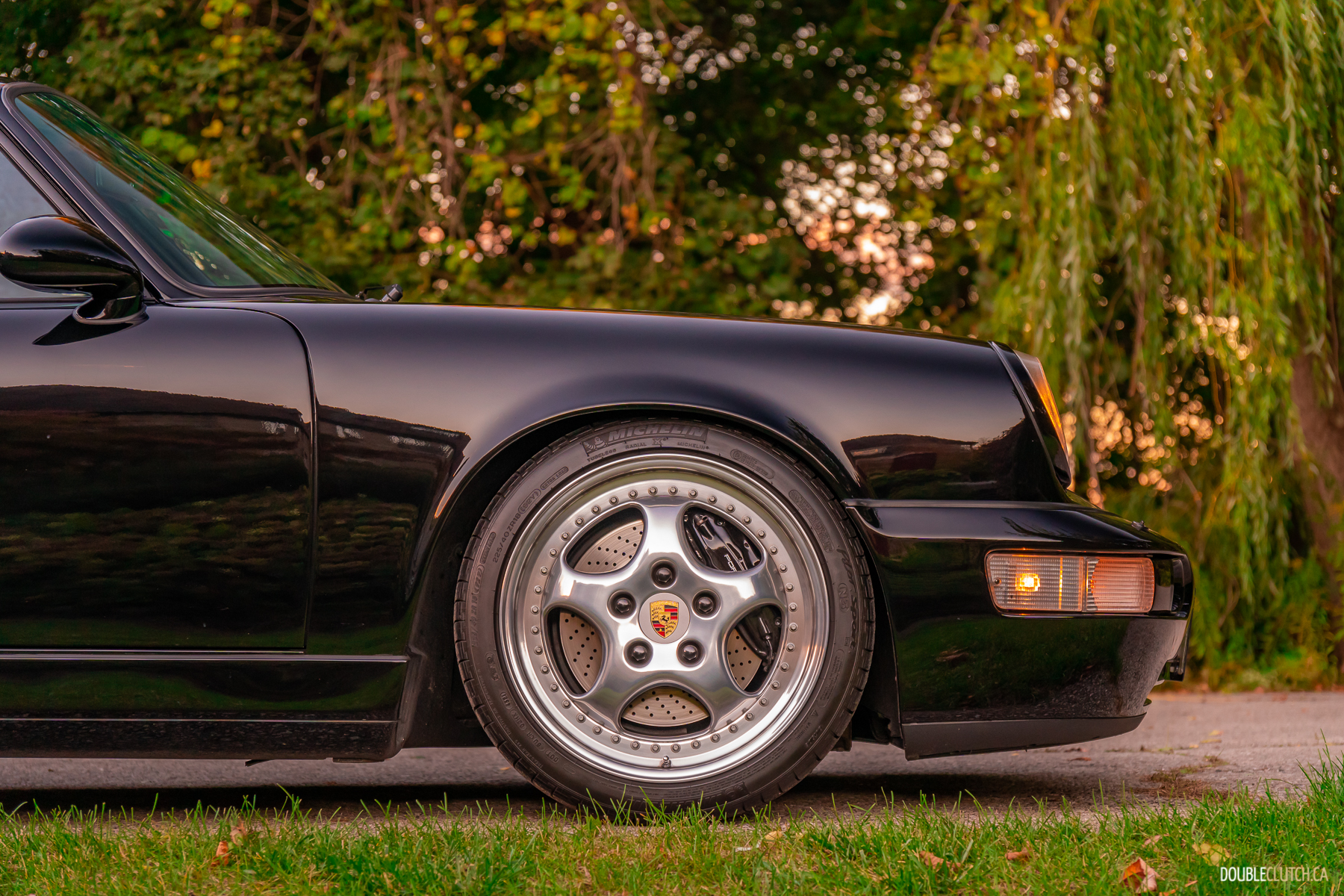
Crisp is the word that comes to mind to describe this whole car. The reinvigorated powertrain is a masterstroke, but it goes so far beyond that. It’s a testament to the genius of the original chassis design—after only receiving essentially calibration changes, this 34-year-old car can not only ride and perform just as well as anything new, but do so with so much more sensation. The barely power-assisted steering is unreal with how much feel it has. The way the chassis bites and slices through a corner is bewildering.
I thought old 911s are supposed to be scary. I’m not saying Teddy has conventionally perfect balance, because that’s impossible with the engine being where it is, but it’s so good at telling you what it feels and what it needs. It’s hard not to push it and play with it. You can feel its weight shift around. It telegraphs when you could’ve sent it a little harder, when you could’ve used the pendulum effect of the rear end a little more. The limited-slip differential that’s also been added allows you to maximize the masterpiece of an engine to really make the most of corner exits. Teddy is the definition of dialed, taking the spookiness out of the classic 911 experience without taking away the edge. Teddy wants you to trust him; to be used, driven, and enjoyed.
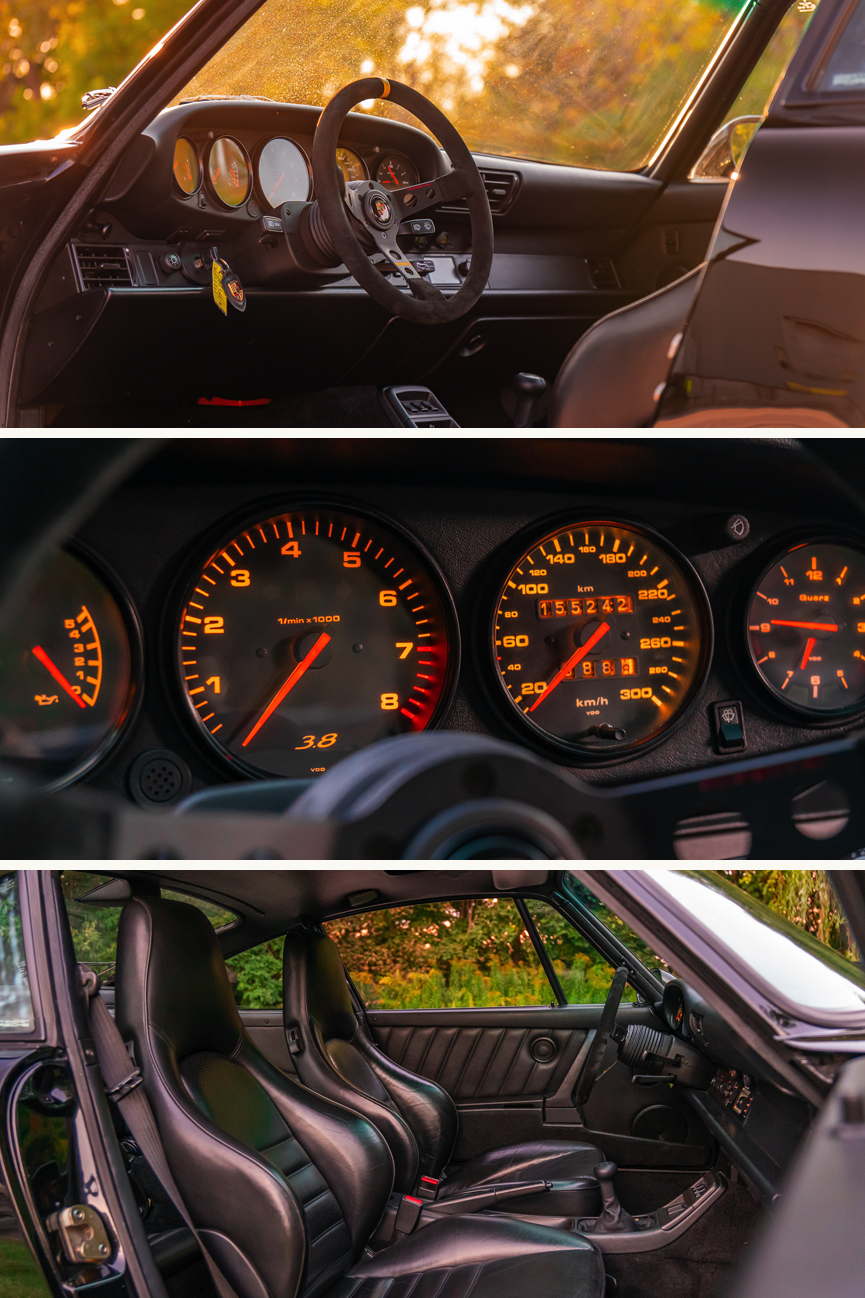
Teddy is an old car, but it’s not an old car. It’s all new, expertly assembled and modified with the purpose of being driven hard, well, and often, as Porsche intended decades ago. It isn’t a fiddly old car with “oh, watch out for this” or “yeah, that doesn’t always work” idiosyncrasies. It’s just … nice. It’s stout, it’s streetable, it has power niceties, air conditioning, and even Bluetooth. It’s reasonably comfortable and quiet when you’re not wringing it out. It’s not at all laborious to drive, still delivering the charm of a classic 911 with the capability to impress like a new one. Make no mistake, if you want the classic, air-cooled 911 experience, Teddy is as good as it gets. It enhances every single part without deviating from the original recipe at all. It’s so pure, as intended.
The idea behind Teddy was pitched to me as this: let’s say a 964 is your dream car, and you plonk down the pretty penny required for a good example. You’re chuffed. You finally made it. You take it out for a drive—and you’re a little let down. As sweet as it may be, it’s an old car that would get dusted by a contractor-spec F-150. So, you find a few more bucks and massage it to meet modern sports car expectations without adulterating an ounce of character that made classic 911s what they are. For all this effort—or perhaps, because of all this effort—Teddy is still a very pure expression of the Porsche 911.
Teddy is an old car only does the correct old-car-things because it’s been revitalized by the best people around, with no care for cost. It’s a monument to the classic 911, a celebration of Porsche’s greatest achievement, the culmination of decades of knowledge applied to the recipe established decades prior. The navy 964 Carrera 4, which joined us once again for our playdate, remains one of the best cars I’ve driven. Teddy takes that once-in-a-generation excellence and really does make it that much better. I cannot stress enough how ridiculously good it is, and how much of a joy it was to spend a few days with it.
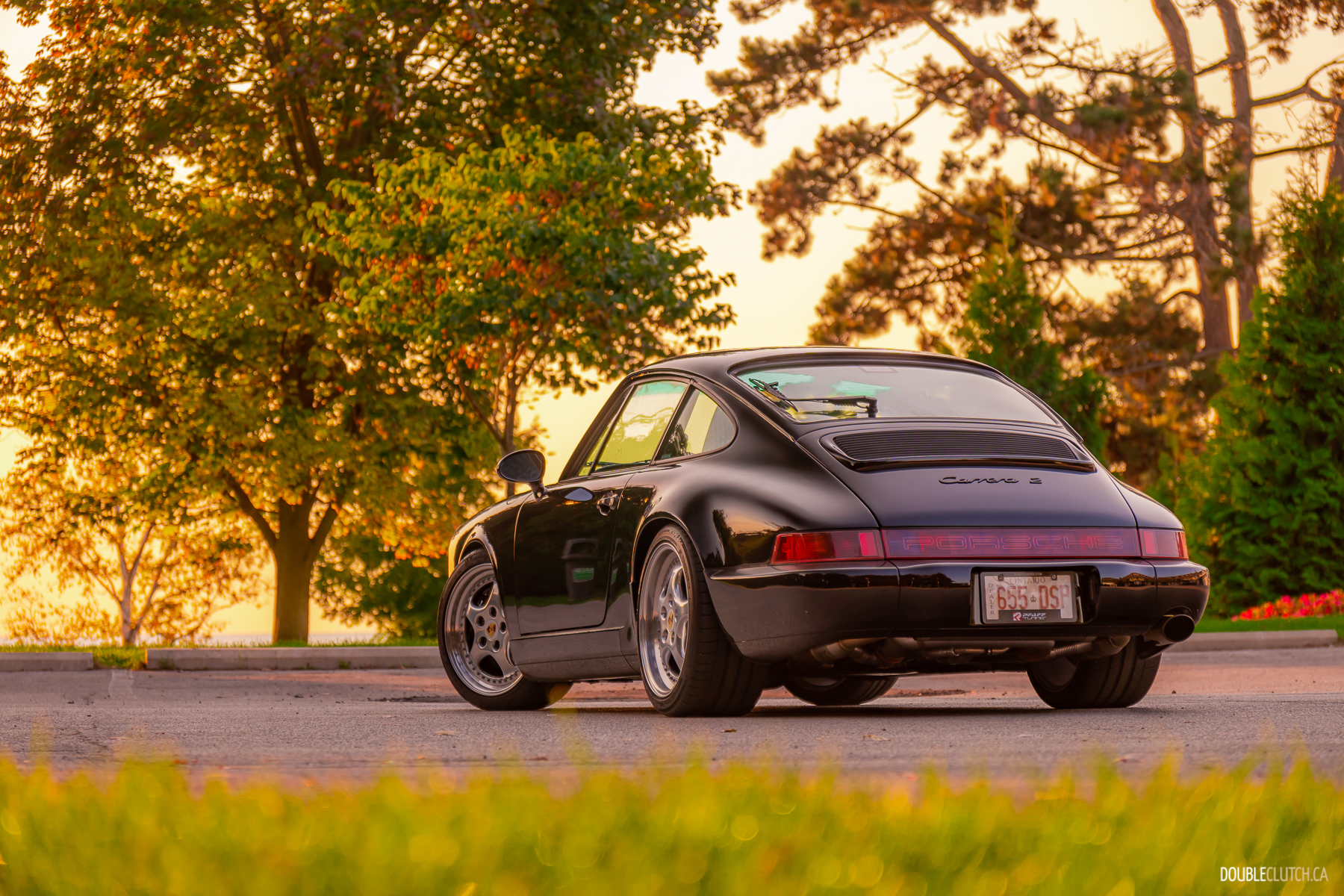
Teddy is the idealized expression of what a 1990 Porsche 911 can be in 2024. These cars are dream cars for a lot of people, and dream cars have some pretty lofty expectations built up around them. They say you shouldn’t meet your heroes, but Teddy lives up to those expectations. It takes the original recipe and makes the flavours more vivid by way of better preparation, better ingredients—without changing the recipe at all.
Teddy completes the dream. Teddy is your hero.

